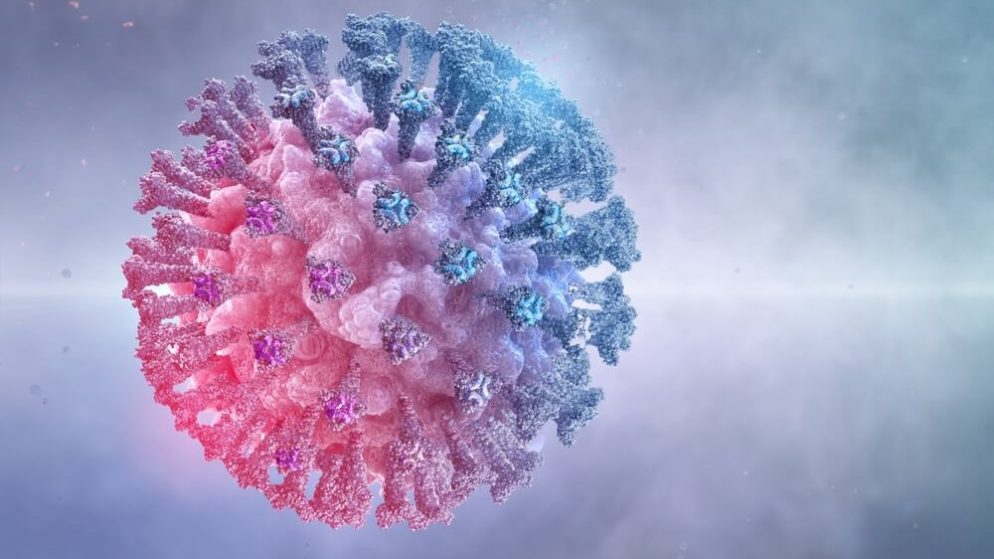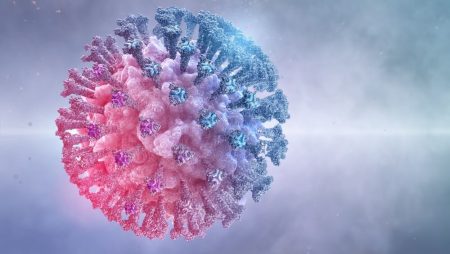



Get new exclusive access to healthcare business reports & breaking news




Northwestern Medicine’s Center for Pathogen Genomics and Microbial Evolution (CPGME) specialists detected the first omicron BA.2 subvariant case in Illinois.
The subvariant was found over the weekend from an individual who was tested for COVID-19 on Jan. 18. Additional information about the person, including where in Illinois they’re located, was not available. It isn’t the first case to be detected in the Midwest as a Milwaukee County health official said January 31st the subvariant had also been reported in Wisconsin.
“Now the question is whether the new subvariant will extend the tail of cases infected with omicron,” said Ramon Lorenzo-Redondo, the bioinformatics director at CPGME, which is part of Northwestern University Feinberg School of Medicine.
Cases in much of the U.S. have peaked and are declining, but scientists said the case numbers have plateaued in countries where BA.2 is more prevalent.
“If BA.2 follows the same pattern in the U.S. as observed in countries like the United Kingdom, Denmark or India, we could observe a slowing of the current decline in new cases. In this case, the number of new cases could stabilize for a while before starting to decrease again,” Lorenzo-Redondo said. “It is still too soon to know because there are still very few BA.2 cases in the U.S.”
Preliminary data show full vaccination and a booster are similarly effective in preventing symptomatic cases of BA.1 (the most widely spread omicron subvariant) and BA.2. Vaccination without the booster, however, is not as effective against either version of omicron, Lorenzo-Redondo said.
Hopefully, this new subvariant won’t put more stress on Illinois hospitals, which were already running short on inpatient beds. In the beginning of January, hospitals started keeping more and more patients in their emergency rooms, a situation some doctors feel impacts the quality of care.
As of January 2nd, Chicago hospitals had 239 people waiting in beds in ERs for beds elsewhere in the hospital to be available — which was the most since the start of the pandemic. Another 220 people were waiting in ERs in hospitals in suburban Cook County, with more still in the neighboring counties.
Stuff shortages and people getting sick added to the difficulty of the situation.
The major hospital systems in the Chicago area have mandated COVID-19 vaccination for their staff members last fall, Northwestern Medicine being the last one to do so for its 23,000 workers statewide.
“Given the spread of the COVID-19 Delta variant and its risk to those with underlying medical conditions and children under 12 who are not yet eligible to receive a vaccine, Northwestern Medicine physicians and staff will be required to complete COVID-19 vaccination or receive a medical or religious exemption by October 31,” a Northwestern Medicine statement said.
Northwestern announced their decision a day after AMITA Health, one of Illinois’ largest health systems, transformed a voluntary compliance policy into an obligatory one and mandated vaccines for its 20,000 employees statewide by Nov. 12.
Although hospitals enforced the vaccine mandate, burnout, and nurses preferring to work for agencies and get paid more complicated the issue and made the wait for care in the ERs longer.
Now, the fact BA.2 subvariant is easier to transmit might prove even more challenging for the healthcare system. But there is something everybody can do: vaccinate, get the booster, wear the mask.
“BA.2 is a specific variant of omicron that carries a number of additional mutations that are thought to make it even more transmissible,” said Judd Hultquist, associate director of CPGME. “It is unclear if the arrival of this new variant will result in a surge of local cases, but it is an important reminder that we are still in the middle of an ongoing pandemic. Vaccinations, booster shots and the proper use of face masks are still the best ways to protect yourself and your loved ones from this virus.”
Although experience in other countries suggests that omicron BA.2 is more transmissible than other versions of the virus, there is no data yet showing that the new subvariant causes more severe disease, CPGME director Dr. Egon Ozer said. Still, he cautioned, we can’t rule out the possibility of a slower decline or a new surge in infections with BA.2.
There has been a significant effort put into detecting the virus mutations and variants, so people could be informed how to better protect themselves against them.
A team of scientists at CPGME at Feinberg’s Havey Institute for Global Health, including Lorenzo-Redondo, Hultquist, CPGME director Dr. Egon Ozer and scientist Lacy Simons, among others, has sequenced thousands of samples to identify SARS-CoV-2 variants circulating in the Chicago region in near real-time since the beginning of the pandemic in March 2020.
Over the last several months and through the recent holidays, CPGME team members have worked to provide up-to-date data for the region, especially since this recent surge started.
From the end of November through the end of December, the population of viruses shifted from nearly 100% delta to nearly 100% omicron in Chicago, a remarkable change in a very short period of time, Hultquist said.
“Understanding which variants are circulating in a community is critical to inform the best practices in public health and clinical care,” Hultquist said. “For example, the omicron variant has been found to be resistant to a couple different monoclonal antibody treatments, which now can no longer be considered part of our effective therapeutic toolbox.”
The purpose of all their hard work is to provide information to the health officials and medical staff, so better care can be found for patients and better rules for precautions to be taken are deployed. Center scientists collaborate with Northwestern Memorial Hospital and the Ann & Robert H. Lurie Children’s Hospital of Chicago, reporting their findings to the Chicago Department of Public Health, the CDC, and to the public through online repositories.